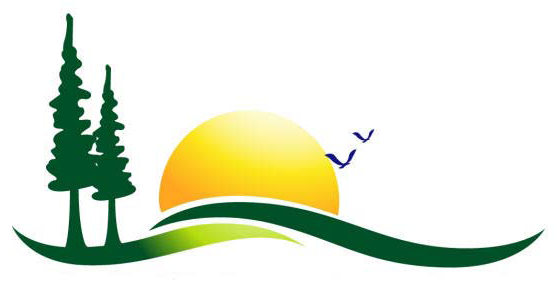Nature: An Ancient Cure Abandoned
In 1992, James Hillman and Michael Ventura published a book of their dialogue about psychotherapy called, We’ve had 100 years of psychotherapy and the world’s getting worse.
Healers within various medical systems, from Ayurveda of the Indian subcontinent to traditional Chinese medicine, have long advocated nature exposure as a form of medicine. Within these healing systems, elements of nature—mountains, trees, plants, and bodies of water within natural settings—are considered to be filled with an energy, a vital force that could be transferred to people in the promotion of health.
Research demonstrated that merely viewing nature scenes (even on pictures!) have noticeable positive effects on stress physiology and mood. These effects are additionally amplified we are truly immersed in nature, walking through it and breathing it in. It is only when we add in the abundance of research from the members of the Japanese Society of Forest Medicine that a picture truly begins to emerge.
Forest Bathing— Shinrin-Yoku
“It is not so much for its beauty that the forest makes a claim upon men’s hearts, as for that subtle something, that quality of air that emanation from old trees, that so wonderfully changes and renews a weary spirit.”
—Robert Louis Stevenson
Japanese researchers found that 20 minutes of shinrin-yoku (compared with 20 minutes in an urban setting) altered cerebral blood flow in a manner that indicated an increased state of relaxation. n 1982, the Japanese Ministry of Agriculture, Forestry, and Fisheries created the term shinrin-yoku, which translates to “forest bathing” or “absorbing the forest atmosphere.”
The simple method of being calm and quiet amongst the trees, observing nature around you whilst breathing deeply can help both adults and children de-stress and boost health and well-being in a natural way.
Animal-Assisted therapy and Trans-species psychology
Animal assisted therapy (AAT) is a complementary approach used by therapists across disciplines, often as an alternative medium within traditional therapies (Chandler, 2012; Fine, 2011). Trans-species psychology affirms that humans share more emotional capabilities with other species than humans tend to appreciate. It also validates the importance of rehabilitating individual animals to help them recover from their own emotional traumas and physical wounds (Bradley, 2011; Bradshaw, 2009; Gorant, 2010; Westoll, 2011). Encouraging compassion and empathy by teaching about animals’ perspectives also enhances relationship between humans and animals. Such a communion through empathy is even more therapeutic than a relationship without it.
Nature Art Therapy
Art therapy is an approach that provides a different way of accessing trauma. By creating art, emotions can be externalized, which opens the door to processing feelings. Eco-art therapy is the blend of using art therapy practices in an eco-therapy setting, utilizing the natural resources at hand to create.
Wilderness and Adventure Therapy
Wilderness therapy, also known as outdoor behavioral healthcare, is a treatment option for behavioral disorders, substance abuse, and mental health issues in adolescents and adults. Wilderness programs combine therapy with challenge experiences in an outdoor wilderness environment to “kinetically engage clients on cognitive, affective, and behavioral levels.”Closely related to it, Adventure therapy is a type of experiential therapy that uses challenging adventure activities to aid the therapeutic healing process. Adventure therapy helps promote healthy identity development, self-efficacy, grit, and a growth mindset.
Psychedelic assisted or Entheogen-Assisted psychotherapy
Psychedelic assisted-psychotherapy (PAP) is a form of psychotherapy that involves the use of psychedelic substances such as psilocybin, MDMA and ketamine for the purpose of facilitating therapeutic breakthroughs and insight.


